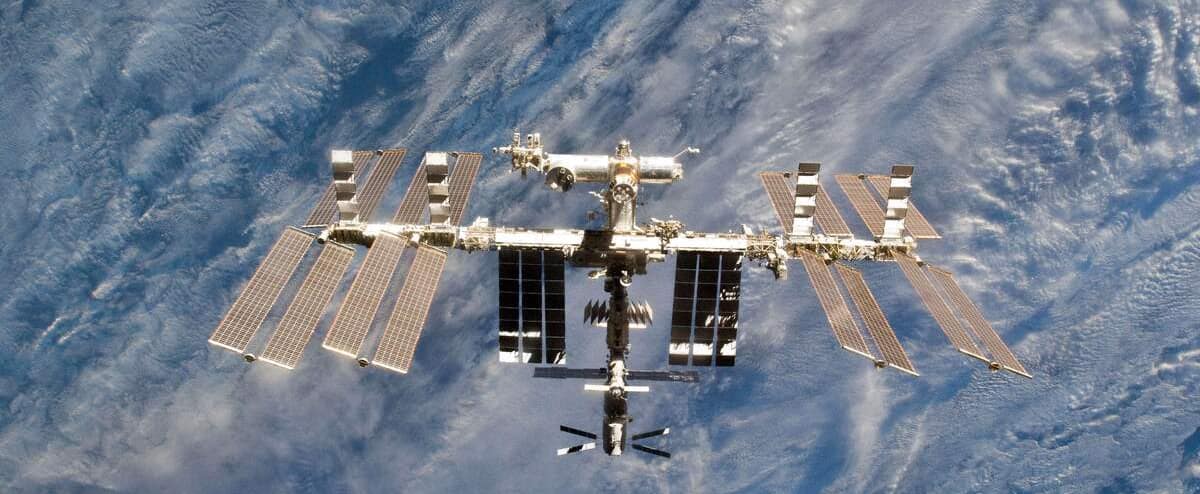Washington | NASA announced early Tuesday that the spacewalk of two of its astronauts outside the International Space Station (ISS) has been postponed due to the danger posed by “debris.”
• Read also: She won two seats for the $900,000 space
• Read also: To protect humanity, NASA is trying to deviate the path of an asteroid
The astronauts, Thomas Marshbourne and Kayla Barron, were scheduled to leave the Space Lab later that day Tuesday for a six-and-a-half hour outing to replace a faulty radio communications antenna.
“NASA has been informed (of the danger) of debris from the space station,” the US space agency wrote on Twitter.
“Due to the lack of opportunity to properly assess the risks this could pose to astronauts, the teams decided to postpone the spacewalk on November 30 until more information became available,” she added.
In mid-November, Russia destroyed one of its satellites in a missile test, creating a cloud of debris. This forced all seven ISS crew members to temporarily take refuge in their return ships.
It was not clear if NASA’s postponement of Tuesday’s spacewalk was due to debris from the Russian space rocket test.
The Russians denied US accusations that their experiment endangered the space station.
For their part, US officials said they were not informed in advance of the anti-satellite missile test, which is only the fourth test that has hit a spacecraft from Earth, and has caused more than 1,500 orbital debris to emerge.
This was to be the first spacewalk by Kayla Barron and the fifth by Thomas Marshbourne.
The two astronauts arrived at the International Space Station on November 11 aboard SpaceX’s Crew Dragon Endurance capsule with NASA’s six-month Crew-3 mission.

“Proud thinker. Tv fanatic. Communicator. Evil student. Food junkie. Passionate coffee geek. Award-winning alcohol advocate.”

